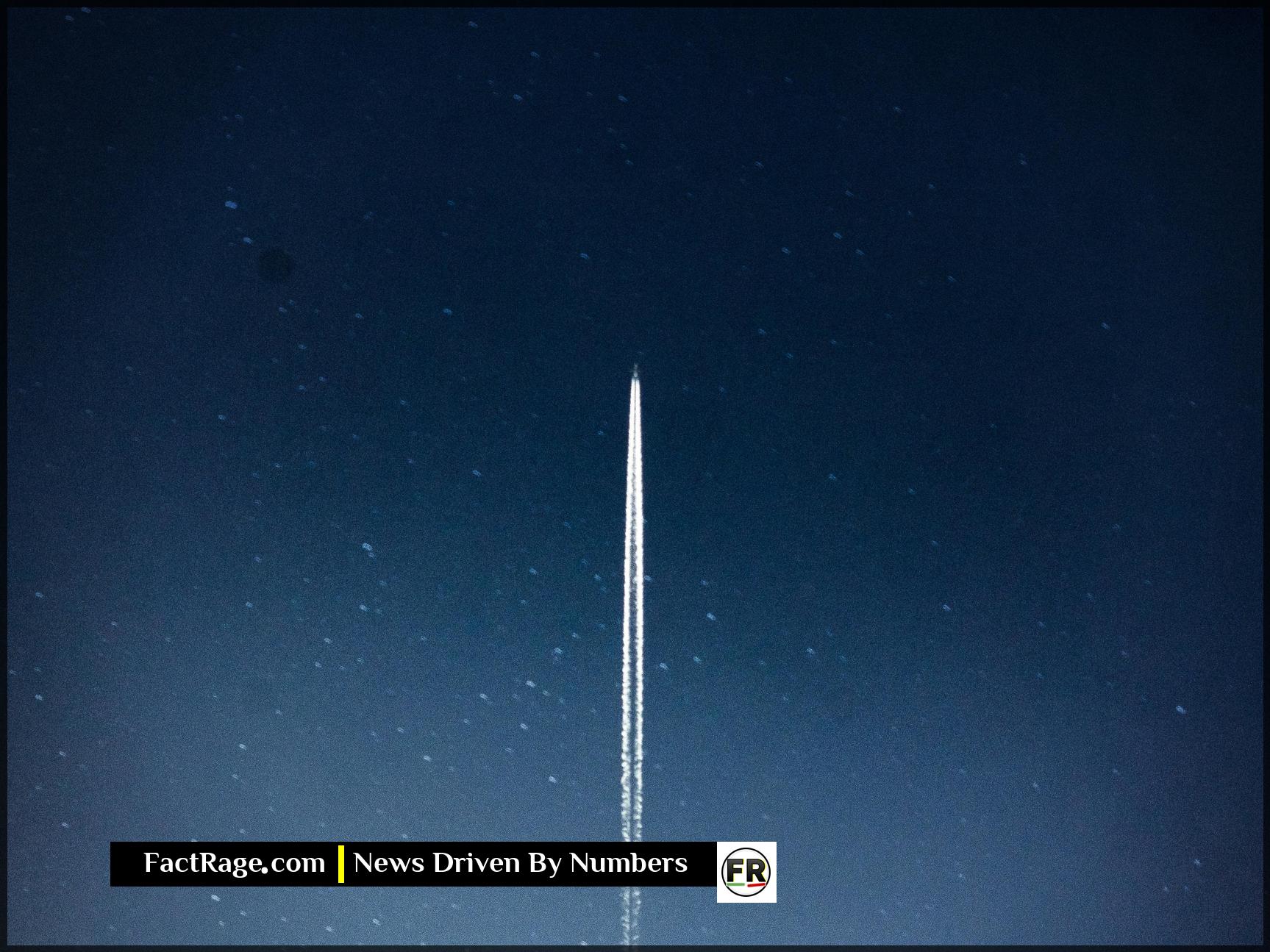KOUROU, FRENCH GUIANA – After years of development and delays, Europe is poised to re-enter the heavy-lift launch business with the highly anticipated inaugural flight of its Ariane 6 rocket on July 9.
- Strategic Necessity – The launch is critical for restoring Europe’s autonomous access to space, a capability lost after the retirement of Ariane 5 and the end of cooperation on Russia’s Soyuz rocket.
- Competitive Design – Ariane 6 is designed for versatility and lower costs, featuring a re-ignitable upper stage capable of deploying multiple satellites into different orbits on a single mission to compete in the modern market.
- High-Stakes Debut – The project has faced significant delays and budget overruns, increasing pressure on this first flight to perform flawlessly and prove the viability of the €4 billion program.
This launch represents more than just a new vehicle taking to the skies; it’s a pivotal test of the European Space Agency’s (ESA) strategy to secure its future in an increasingly competitive global space economy.
Why Europe is Counting on Ariane 6 to End its ‘Launcher Crisis’

For the first time in decades, Europe has found itself without a self-reliant way to launch its own large satellites. This “launcher crisis” was triggered by a combination of factors: the planned 2023 retirement of the highly reliable but expensive Ariane 5 rocket, the failure of the smaller Vega-C rocket’s second flight, and the geopolitical fallout from Russia’s invasion of Ukraine, which ended Europe’s access to Soyuz rockets launched from French Guiana.
The result has been a significant strategic vulnerability. Key European missions, including the Euclid space telescope and several Galileo navigation satellites, had to be launched by competitor SpaceX. The inability to launch its own military, scientific, and commercial payloads raised serious questions about the continent’s technological sovereignty. Ariane 6, developed by lead contractor ArianeGroup—a joint venture between Airbus and Safran—is intended to be the definitive answer to this problem.
How Ariane 6’s Technology Aims to Compete in a New Space Race
The Ariane 6 is not simply a replacement for its predecessor. It has been engineered to be a more flexible and economically competitive system in a market now dominated by reusable rockets like SpaceX’s Falcon 9. So, what makes it different?
The rocket comes in two configurations: the Ariane 62, with two strap-on solid rocket boosters, and the more powerful Ariane 64, with four boosters. This modularity allows the launch operator, Arianespace, to match the rocket to the mission’s needs, optimizing costs. The centerpiece of its new technology is the Vinci upper stage engine, which can be shut down and restarted multiple times in space. This re-ignition capability allows the rocket to act as a “space tug,” delivering multiple satellites into different orbital planes on a single flight—a crucial feature for deploying large satellite constellations.
Despite these advancements, Ariane 6 remains an expendable rocket, meaning the entire vehicle is discarded after one use. This stands in contrast to the partial reusability of the Falcon 9, which has dramatically lowered launch costs. ESA and its partners argue that a streamlined, high-volume manufacturing process will make Ariane 6 price-competitive, but its success will depend heavily on its performance and reliability out of the gate.
The Inaugural Flight: What’s Onboard and What Defines Success
The maiden flight, designated VA262, is primarily a test mission. To mitigate risk, it will not carry a single, high-value commercial satellite. Instead, its payload consists of several small satellites, technology demonstrators, and scientific experiments from various agencies and universities. This allows engineers to test every critical phase of the launch without jeopardizing a billion-dollar asset.
For the mission to be considered a success, the rocket must clear several hurdles: a clean liftoff and ascent, successful separation of the boosters and main stage, and multiple successful firings of the Vinci upper stage engine. The final test will be a de-orbit burn, a maneuver designed to ensure the upper stage re-enters the atmosphere and does not contribute to the growing problem of space debris.
A successful flight would validate the design and unlock a packed manifest of future missions. Arianespace has already secured a significant backlog of launches, including 18 for Amazon’s Project Kuiper internet constellation and numerous missions for European governments. The outcome of the July 9 launch will therefore send a powerful signal about Europe’s role in space for the coming decade.










